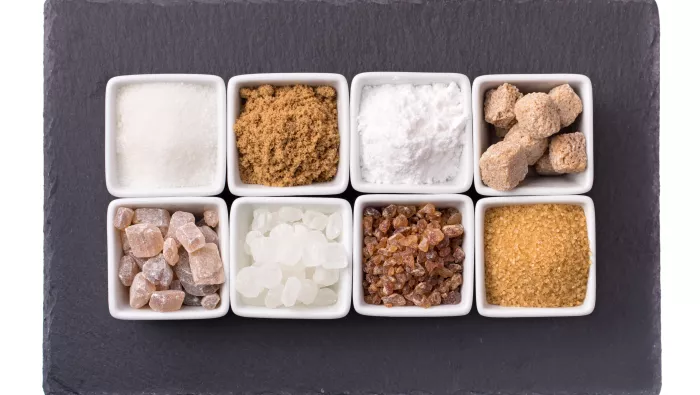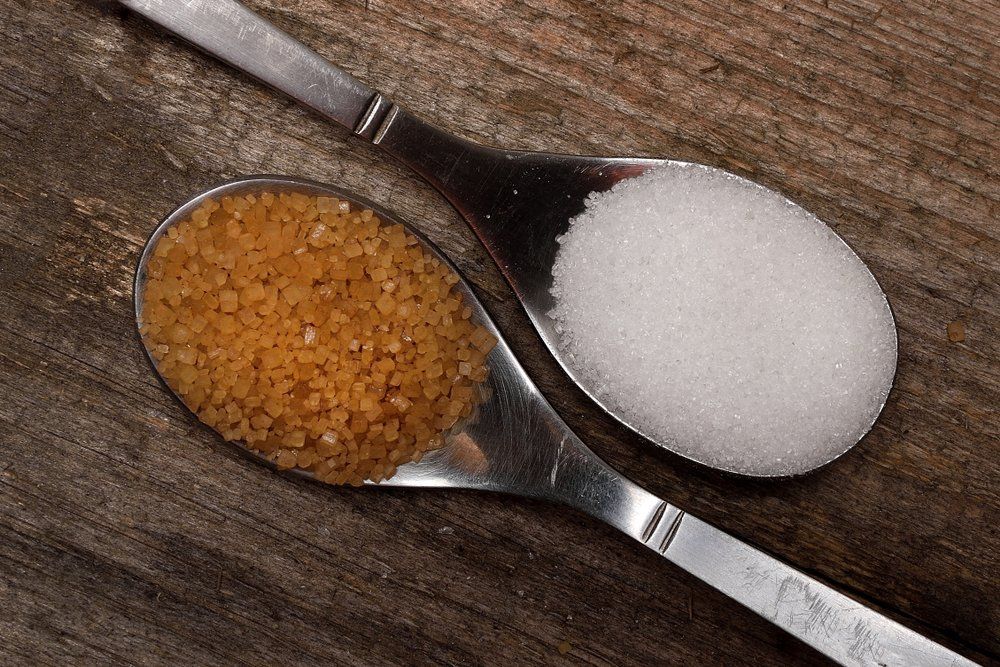The Impact of Beet Sugar vs Cane on Blood Sugar Levels and Diabetes Management
The Impact of Beet Sugar vs Cane on Blood Sugar Levels and Diabetes Management
Blog Article
Beetroot Sugar Vs Walking Cane: Discover the Finest Option for Your Sweetening Demands
The selection between beet sugar and cane sugar expands past mere sweetness; it incorporates factors such as taste accounts, production approaches, and nutritional benefits. While both sugars serve similar functions in culinary applications, their unique attributes can considerably affect your option based upon certain demands. As an example, the earthy undertones of beet sugar may not complement every dish, whereas walking stick sugar is typically preferred for its tidy preference. As we explore these subtleties, it becomes important to think about which option aligns best with your cooking goals and wellness preferences. What might stun you are the ramifications of each selection on your general food preparation experience.
Introduction of Beet Sugar
Beet sugar, frequently originated from the sugar beetroot plant, is frequently utilized as a key artificial sweetener in different food. The sugar beetroot, a biennial plant, flourishes in pleasant environments and is mainly grown in areas such as Europe and North America. beet sugar vs cane. The removal process entails cutting the beetroots and removing the juice, which is then detoxified and crystallized to produce granulated sugar
One notable attribute of beet sugar is its chemical make-up, which is virtually the same to that of walking cane sugar, as both are composed primarily of sucrose. This resemblance enables beetroot sugar to be used reciprocally with cane sugar in dishes and food manufacturing.
Beetroot sugar is likewise noted for its convenience in different applications, including baking, drink formulation, and confectionery manufacturing. Additionally, the beet sugar market has made strides in lasting techniques, with lots of manufacturers executing ecologically pleasant farming techniques.

Overview of Walking Cane Sugar
Cane sugar, acquired from the sugarcane plant, is among the most commonly recognized and utilized sweeteners globally. It is mainly made up of sucrose, a disaccharide that supplies a pleasant flavor profile important for numerous cooking applications. Walking cane sugar is typically discovered in granulated type however is also available as raw sugar, brownish sugar, and powdered sugar, each offering distinct functions in cooking and baking.
The farming of sugarcane projects in tropical and subtropical regions, contributing to its prevalent availability. The plant prospers in warm climates, calling for adequate sunshine and water for optimal growth. Walking cane sugar is commonly valued for its natural production technique and marginal handling, which protects its taste and nutritional properties.
Along with its culinary uses, cane sugar plays a considerable duty in the food market, offering as a chemical, fermentation substrate, and texturizing representative. Its versatility extends past food, locating applications in beverages, confections, and also cosmetics. With a lengthy history and a strong social visibility, cane sugar proceeds to be a favored option for customers looking for a natural sweetening alternative.
Production Procedures Compared
When contrasting the manufacturing processes of beetroot sugar and cane sugar, it ends up being clear that each method shows the special characteristics of its resource product. Beet sugar production begins with gathering sugar beets, which are then cleaned, cut, and based on warm water extraction to dissolve the sugar. The resulting juice goes through filtration via liming and carbonation, adhered to by evaporation to concentrate the juice. Formation takes place, yielding raw sugar, which is then improved to generate the last item.
On the other hand, walking cane sugar manufacturing entails gathering sugarcane stalks, which are squashed to draw out juice. This juice is then clarified making use of warmth and lime, similar to the beetroot process. After explanation, the walking stick juice is evaporated and taken shape. The walking cane sugar procedure includes a much longer milling and pressing stage, which helps in drawing out optimum juice from the stalks.
Both processes highlight efficiency, yet the methods highlight distinctions in equipment and power usage. Beet sugar has a tendency to have a much more simple handling route, while cane sugar production can be a lot more complicated because of the coarse nature of the cane stalks. Inevitably, these differences form the qualities of the sugars produced.
Nutritional Profiles and Benefits
Sugar, a staple in several diet regimens, differs in dietary profiles and benefits depending upon its resource. Both beetroot sugar and walking cane sugar mainly include sucrose, offering comparable caloric content-- around 4 calories per gram. Subtle differences can affect consumer choices and understandings.
Beetroot sugar is obtained from sugar beetroots, which have tiny quantities of nutrients, such as potassium and calcium, yet these nutrients are present in minimal amounts when consumed in typical quantities. Conversely, walking cane sugar, drawn out from sugarcane, might provide similar trace nutrients, yet the differences are minimal and greatly insignificant in the context of a balanced diet plan.
One noteworthy element is the environmental impact of each resource, which can indirectly influence dietary options. Beet sugar manufacturing is often seen as more sustainable as a result of reduced water usage contrasted visit this website to cane sugar farming. Additionally, some individuals favor beetroot sugar because of its non-GMO standing in specific areas, possibly lining up with health-conscious consumer fads.

Taste Distinctions and Utilizes
Unique flavor accounts define beetroot sugar and walking cane sugar, affecting their applications in different cooking contexts. Beet sugar has a slightly earthy taste, which can be associated to the dirt in which the beetroots are grown.
In functional terms, beet sugar and cane sugar can typically be used reciprocally in most dishes. However, pastry cooks and cooking specialists often lean towards walking cane sugar for its remarkable capacity to caramelize, which is essential in producing intricate flavor profiles in confections and sauces. Additionally, walking stick sugar is favored in drinks, as its taste liquifies effortlessly, maintaining the honesty of the beverage.
Ultimately, the selection in between beetroot and walking cane sugar might come down to personal preference and the certain requirements of the dish, with each type offering distinct qualities that can boost the cooking experience.
Conclusion
In summary, the option between beet sugar and walking stick sugar depends upon details culinary applications and individual wellness considerations. While beet sugar presents a slightly earthy taste and lasting manufacturing benefits, walking cane sugar's cleaner sweetness is commonly liked in cooking and delicate dishes. Examining the manufacturing processes, nutritional profiles, and taste differences can guide customers in selecting the most ideal sweetener for their requirements, guaranteeing both taste complete satisfaction and positioning with nutritional choices.
Beetroot sugar, frequently obtained from the sugar beet plant, is often utilized as a vital sweetening agent in numerous food items. Cane sugar is generally located in granulated kind but is also readily available as raw sugar, brown sugar, and powdered sugar, each serving distinct objectives in cooking and cooking.
When contrasting the production procedures of beetroot sugar and walking cane sugar, it becomes clear that each approach mirrors the unique characteristics of its resource product. Beetroot sugar manufacturing starts with collecting sugar beetroots, which are then cleaned, sliced, and subjected to warm water removal to liquify the sugar. Beet sugar has a tendency to have a more straightforward processing route, while walking cane sugar manufacturing can be more intricate read more due to the fibrous nature of the walking stick stalks.
Report this page